How to Stretch Your Hip Flexors
In the video above you will learn how to correctly stretch your hip flexors.
Need more hip and low back mobility? Start with Day 1 of our Hip/Low Back Mobility Program for free:
Step by Step Instructions to Stretch Your Hip Flexors
Step 1 - Set Up Correctly
When stretching your hip flexors, it’s important to set up correctly to avoid:
- Extending your spine instead of your hip joint
- Irritating your knee cap on the ground
- Creating global extension instead of focusing on your hip
To set up properly:
- Get into a kneeling position
- Place a pad under your knee
- Get near a rig/something you can hold on to
- Slightly crunch your abs and contract your glutes
Once you are positioned with those things in mind, you can begin the stretch
Step 2 - Perform the Stretch
Starting Position
The two biggest mistakes people make when performing a hip flexor stretch are:
- Over-extending the lumbar spine
- Trying to go too far
To correctly perform this stretch:
- Begin in the starting position
- Keeping your abs and glutes contracted, slightly lunge forward
- Stop moving forward when you feel a good stretch in the front of your hip
- Stay there for a half second
- Return to the starting position
Finishing Position
Notes:
- The total motion in this stretch isn’t that much
- If you go farther, make sure it isn’t because you are leaning backward
- Setting up the stretch as shown will pre-tighten the tissues, which is why the total motion looks small
Things to Avoid
The two biggest things to avoid are:
- Over-extending the lumbar spine / global arching
- Trying to go too far
When performing this stretch, we are attempting to have all the motion occur in the hip joint, not in the spinal joints.
The following two photos show with a hip joint what should be happening.
In the top photo, you can see a green arrow pointing to the hip joint.
In this position, the hip joint is in neutral.
This is what the set up position looks like in the bones and joints.
The motion should be occurring here when you are stretching forward and backward.
When performing the stretch, visualize and try to feel the motion occurring in your hip joint
The second photo shows what the finishing position would look like in the hip.
Note that this is farther into hip extension than most people will be able to go, but it was exaggerated to demonstrate the idea.
From the starting to finishing position, the goal is to just be moving in the hip joint.
The next photo shows what the finishing position looks like if you over-extend your spine and go into a global extension position. This is what we are trying not to do. If someone is ‘going too far’ into the stretch, it would look similar to this:
You can see in this image there are red arrows pointing to the areas in the spine that are begin extended.
There is no benefit to bending your spinal joints like this while trying to perform a hip flexor stretch.
If this is happening, go back to the starting position, keep your head and neck forward, and keep your abs/glutes engaged.
The green arrow is pointed at the hip joint, which is the target joint for moving in this stretch to best stretch the hip flexors.
Using and Programming the Stretch
The most common questions about stretching are:
- How exactly do I do it?
- How often and how much should I do it?
While there are no exact answers because everyone is different, there are some general guidelines.
How Exactly do I do it?
There are three general methods you can use for stretching that can be applied to anywhere in the body:
- Perform the stretch for reps
- In this method, you go from starting position to finishing position for reps, focusing on the movement itself and holding at the finishing position for .5 -1 second. This is our preferred method
- Hold at the end
- In this method, get to the finishing position and hold for a sustained time, typically 30 seconds, focusing on relaxing and deep breathing
- Contract/Relax
- In this method, get near the finishing position, contract your hip flexors for 5-10 seconds, then relax and go farther into the stretch. Repeat 3-5x
All of these techniques are good and can be used based on your personal preference.
In a warm up setting, Method 1 is preferred.
How Often and How Much Should I do It?
This is the most subjective. Some people don’t need this stretch at all. Some people need it daily.
I recommend on lower body training days, perform 3 sets of 10 reps using method 1 as a general guideline.
You could also perform any of the methods daily if you find it is helpful.
If you are getting pain or irritation in your hips, decrease the total times you are performing this stretch per week by either:
- Decreasing the number of sessions per week
- Decreasing the amount of stretching per session
Other Hip Posts You Might Like
Want more information about hip stretching and the hip flexors? Check out these other posts:
- Basic Anatomy of Stretching the Hip Flexors
- Fixing Tight Hip Flexors
- How to Stretch Your Quads
- Hip Extension and Quad Stretching
If you need a structured plan to help you with tight hips, we have a Hip and Low Back Mobility Program available to help you.
Need more hip and low back mobility? Start with Day 1 of our Hip/Low Back Mobility Program for free:
What to Read Next
Commonly Misunderstood Words in Movement and Mobility
Commonly Misunderstood Words in Movement and Mobility In this post I will be sharing my thoughts on common words used in the movement and fitness world with a focus on how to better define them conceptually, and where applicable, mathematically. Each day...
How to Stretch Shoulder Extension
How to Stretch Shoulder Extension Learn how to stretch your shoulder extension Want better shoulder mobility? Download Day 1 of our Shoulder Mobility Program for free: Option 1 For many people, option 1 will be the best option, especially if...
Three Position Band Pull Apart
Learn how to correctly perform the 3 position band pull apart to improve your shoulder and upper back strength and mobility
Why Shoulders HAVE to Move Differently
All shoulders have to move differently and stretching won't fix every problem. Learn how the anatomy affects overhead lifting.
Get all our latest articles sent directly to your inbox
Comments

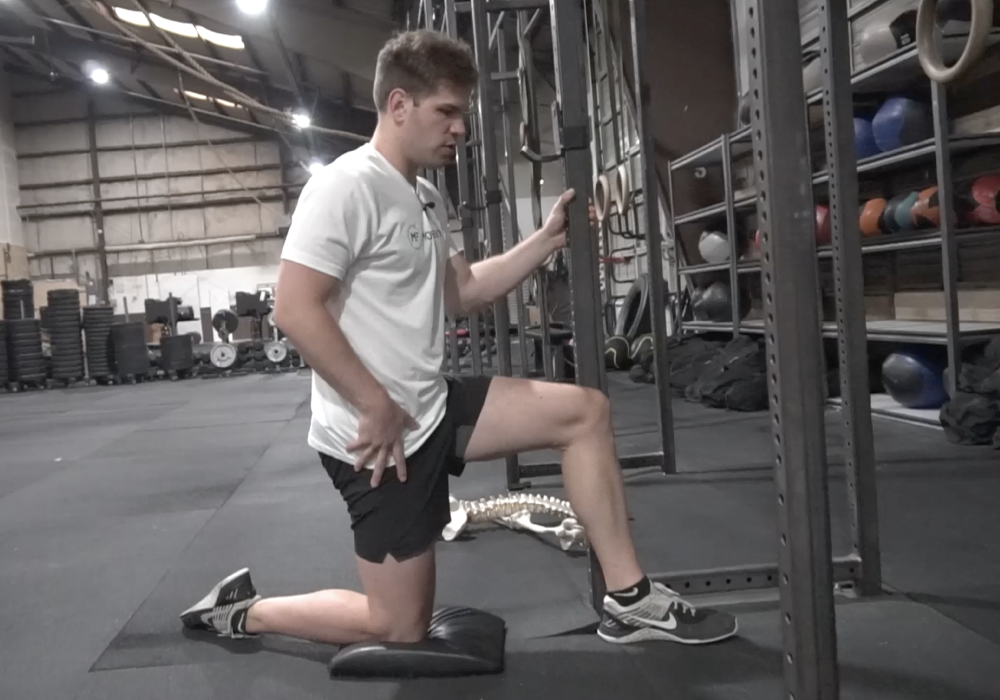
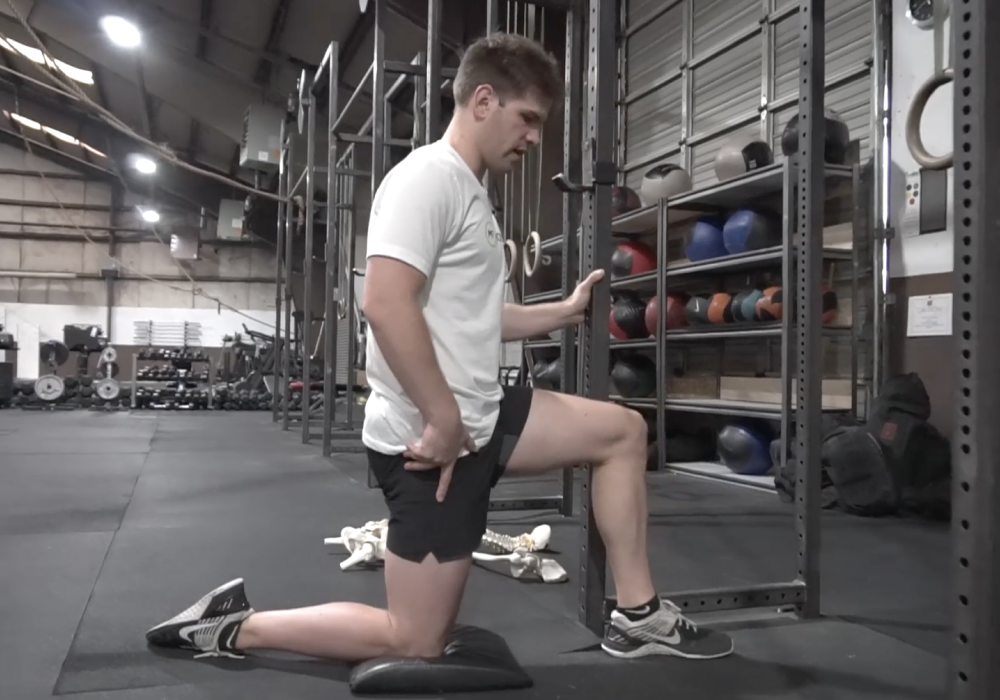
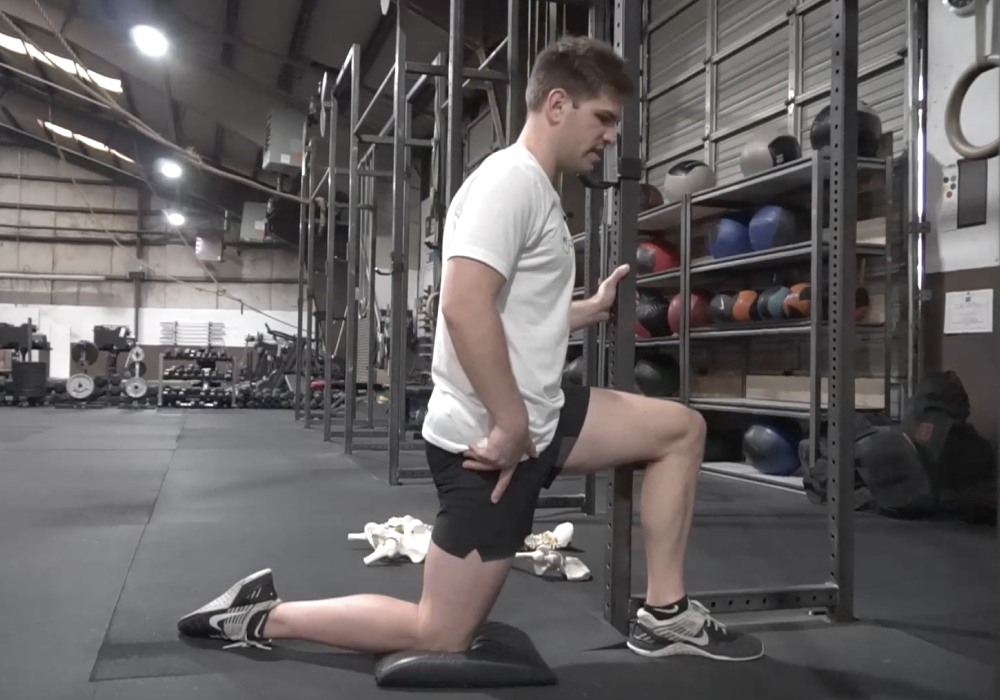
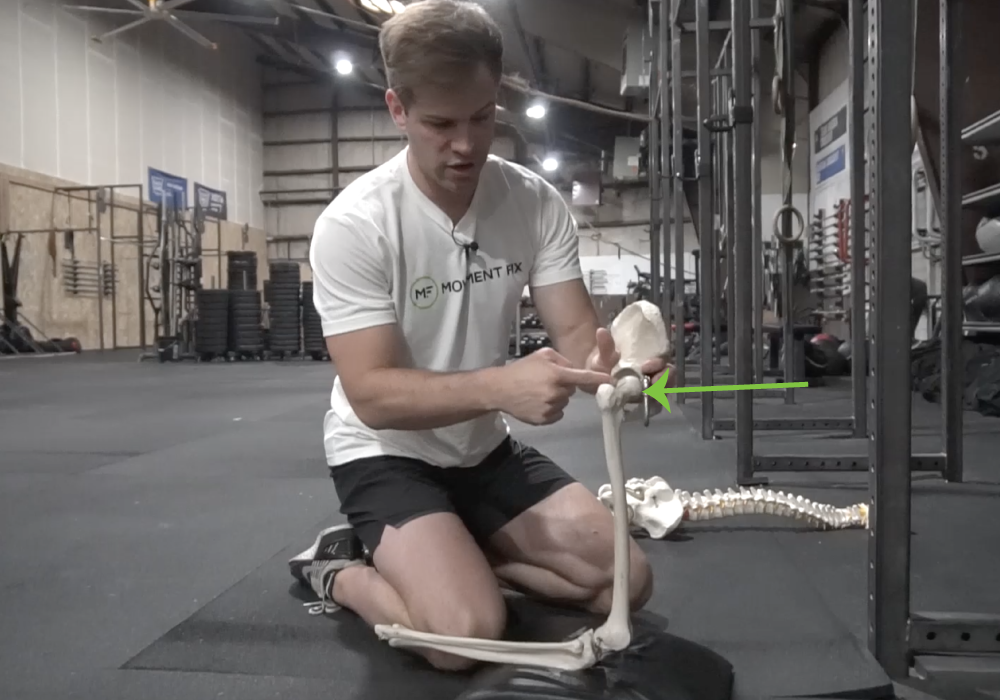
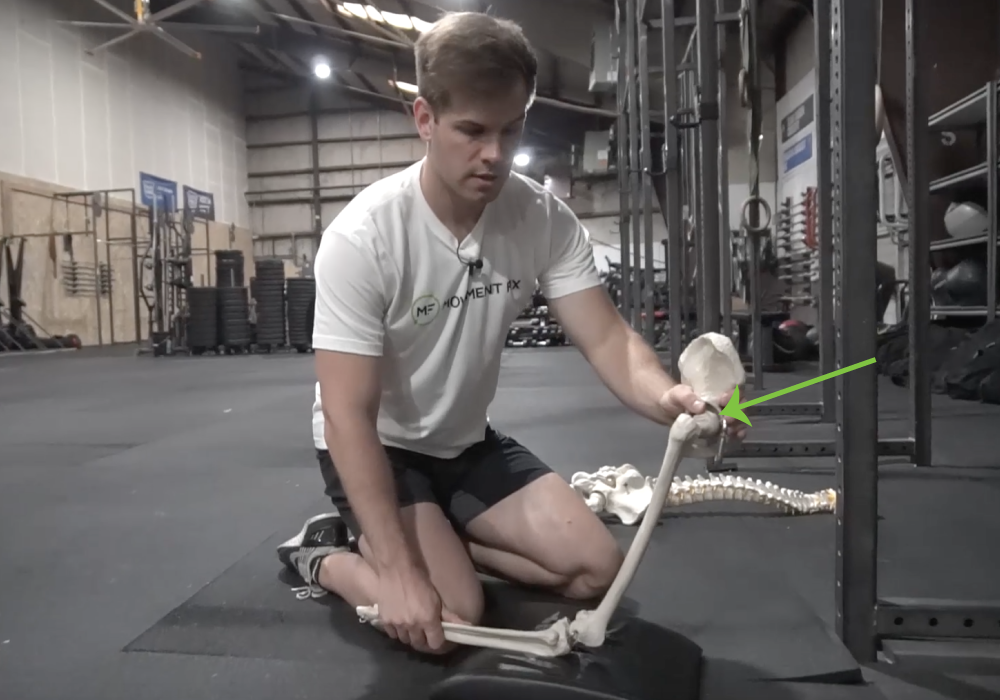
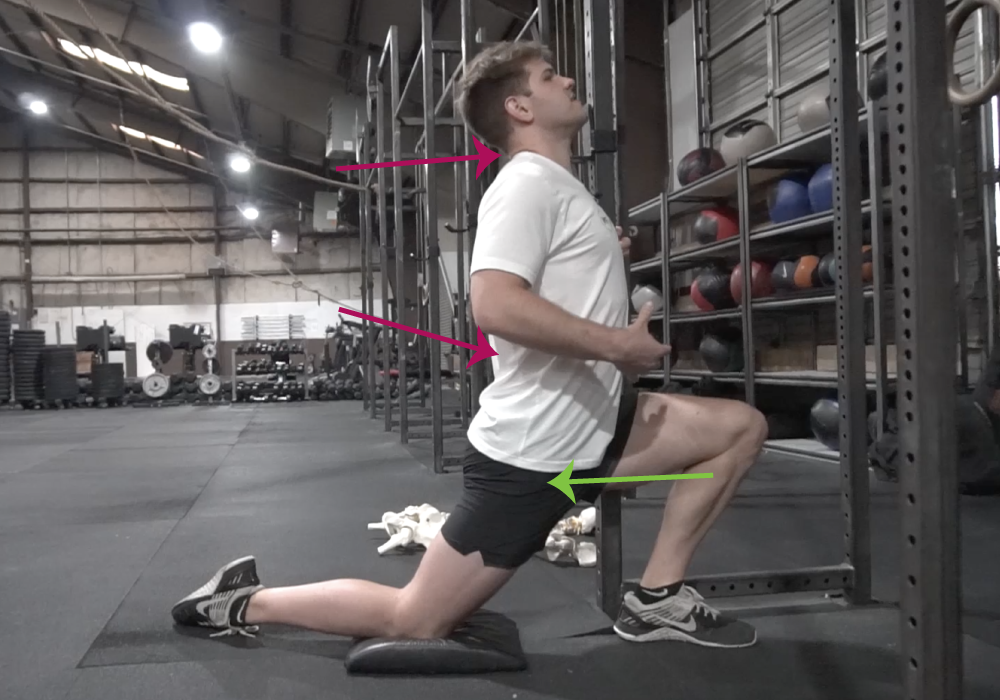
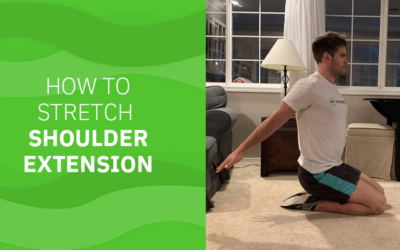
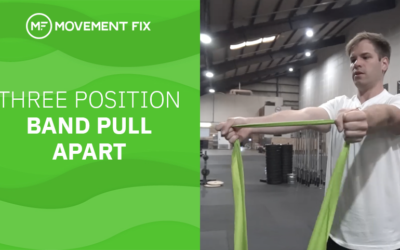
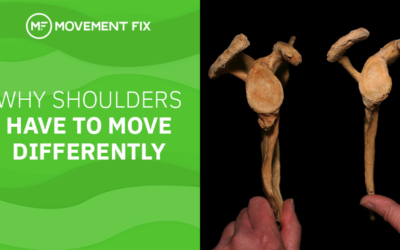

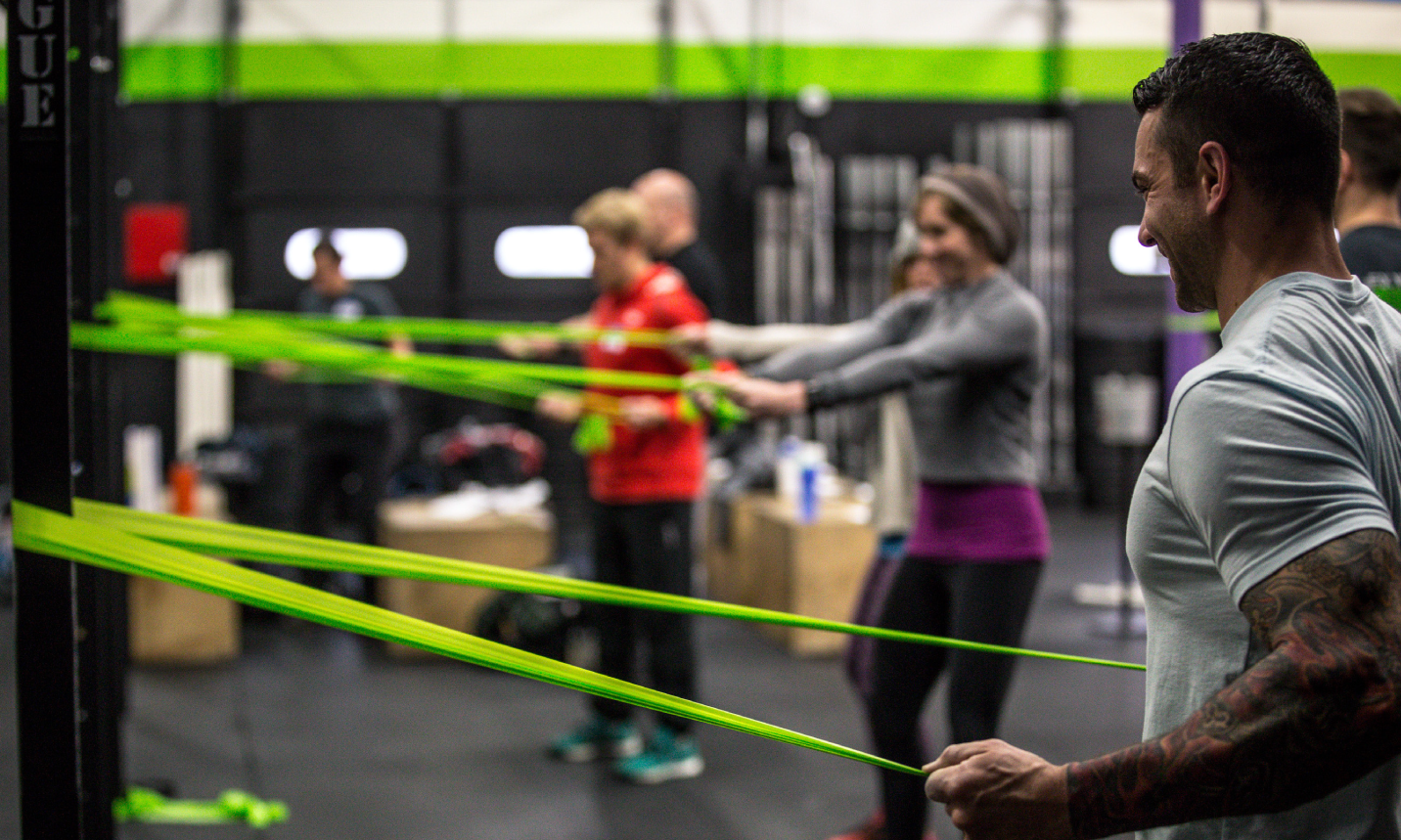
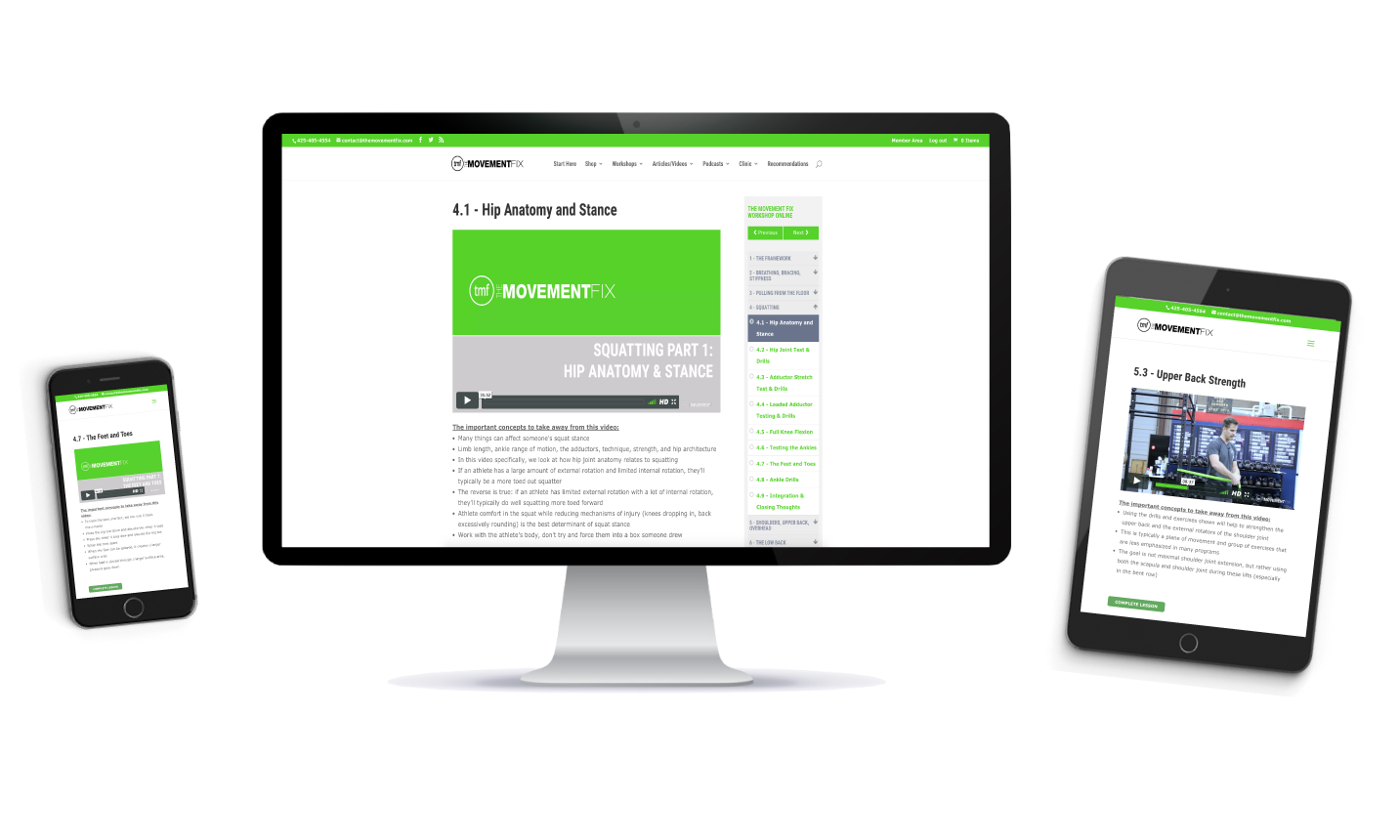
[…] fire log pose is a seated asana that stretches your hips and improves your overall posture. Some of you might know it by its English name, which is […]